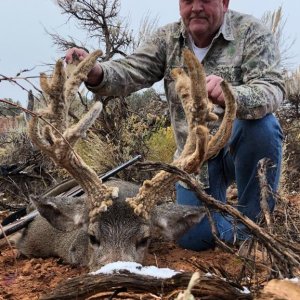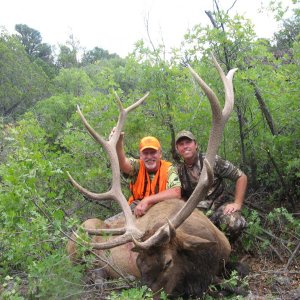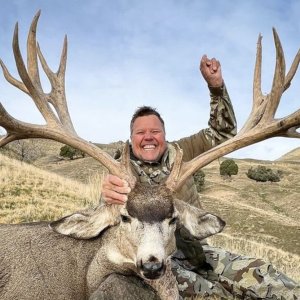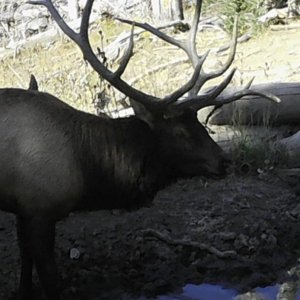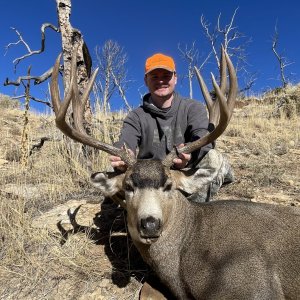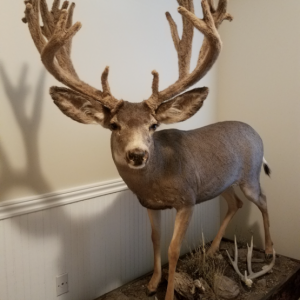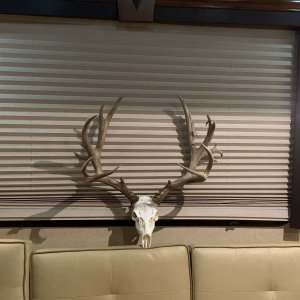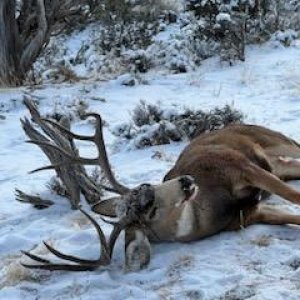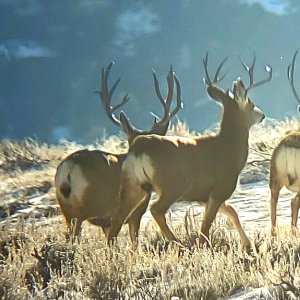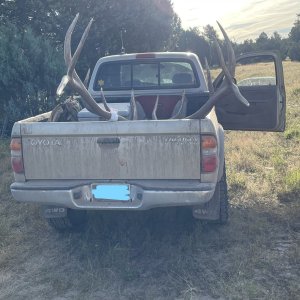Oh, to be young again...............
I've been watching mule deer VERY CLOSELY for 40+ years in many of the same places. In some places, habitat has not changed. It's irrigated ag, and if anything, there's more feed now than there was 40 years ago. Other places are brush habitat. It's aged some but is still quality habitat with good leader growth. I've been outfitting for over 25 years on some of the same ranches. And these places have not changed.
And we have about the same deer we've had on them. But compared to the 70's, we are down. It's primarily due to predators. I have a deal I call the "hierarchy of predation." There used to not be many hawks, owls or especially eagles. Now, we have tons of all of those. More coyotes except for the past few years, when the mange has slowed them down. More lions, and those buggers are sneaky and tough to locate. But extreme athletes. Anyway, ,ore pressure from predation. And we manage very conservatively. WE shoot 2 deer on one 17,000 acre place. Three on a 34,000 acre ranch. Deer numbers are OK, but not as many bucks make it to be 5-6 years old. Predation.
There are far fewer deer on public lands than there used to be. It's primarily due to mismanagement. The Wyo G&F has had doe seasons through the years, primarily due to fear of overpopulation, which has not happened in the last 30 years, but they still have had numerous doe seasons. The vast majority of informed people are against those doe seasons, but there's always someone who will buy the license and shoot the doe. BAD deal.
I live in the eastern plains and we haven't had a winter in the last 30 years that's had any adverse effect on mule deer. The drought of 2012 was tough, but the forage year of 2013/2014 more than made up for it.
Conservative management and effective predator control are the keys to healthy mule deer populations.
Don't get me wrong, habitat is important. But in many areas, the changes in habitat have been minimal. We need to continue to enhance habitat, but that's a long-term deal. As I said, many ranchers in my area have drilled wells, put in water lines, planted alfalfa and wheat and corn and have made the feed and water sources better for deer. And grazing management is better, too.
So you have to look at what has changed. That's predators and management. With unlimited resident deer licenses in most of Wyoming, the deer just get too much pressure.
Be very careful about what you learn in College. I've worked for a university for 30+ years, too. I can promise you that a LOT of university faculty know a whole lot that is just not
true. Too much time spent in labs and classrooms and not enough time visiting people who make their living off the land.
Best of luck with your project.


